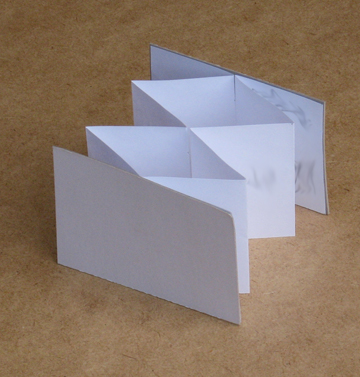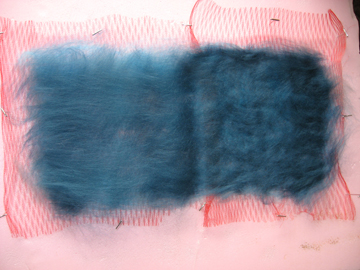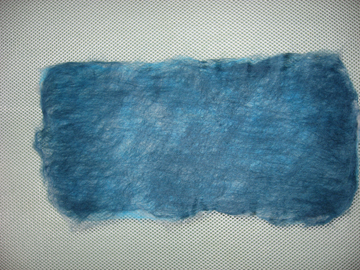The Best-Laid Plans....
Sometimes you can sample once and the project works fine the first time.
There are times when you make a bunch of samples, and arrive at a solution.
And then there are the times when it just doesn't work, no matter how many samples you construct: making a felted cover for What I Felt falls into that category.
Attaching the letters by needle-felting worked pretty well, although I ended up having to redo one, and even gluing the felt to the tatami backing paper was moderately successful. Unfortunately, mating the paper-backed felt to the book boards was another matter. Not "bad" per se, since we all learn more from our mistakes than our successes, but not something I want to show pictures of either.
But I think I know how to make it work (harder felt is the trick to master), and will get it done in July.
Oh well, I'm allowed three entries for my $25, so The Zebra Book, Virginia Woolf Knits, and t(h)ree will go.
I took additional (and better, I think) photos of t(h)ree (below) to meet the CBBAG requirements, updated my CV, and filled out their form, so it's time to courier that package off to Toronto. Next up, delivery of my two items for the Calgary Stampede on Wednesday.




